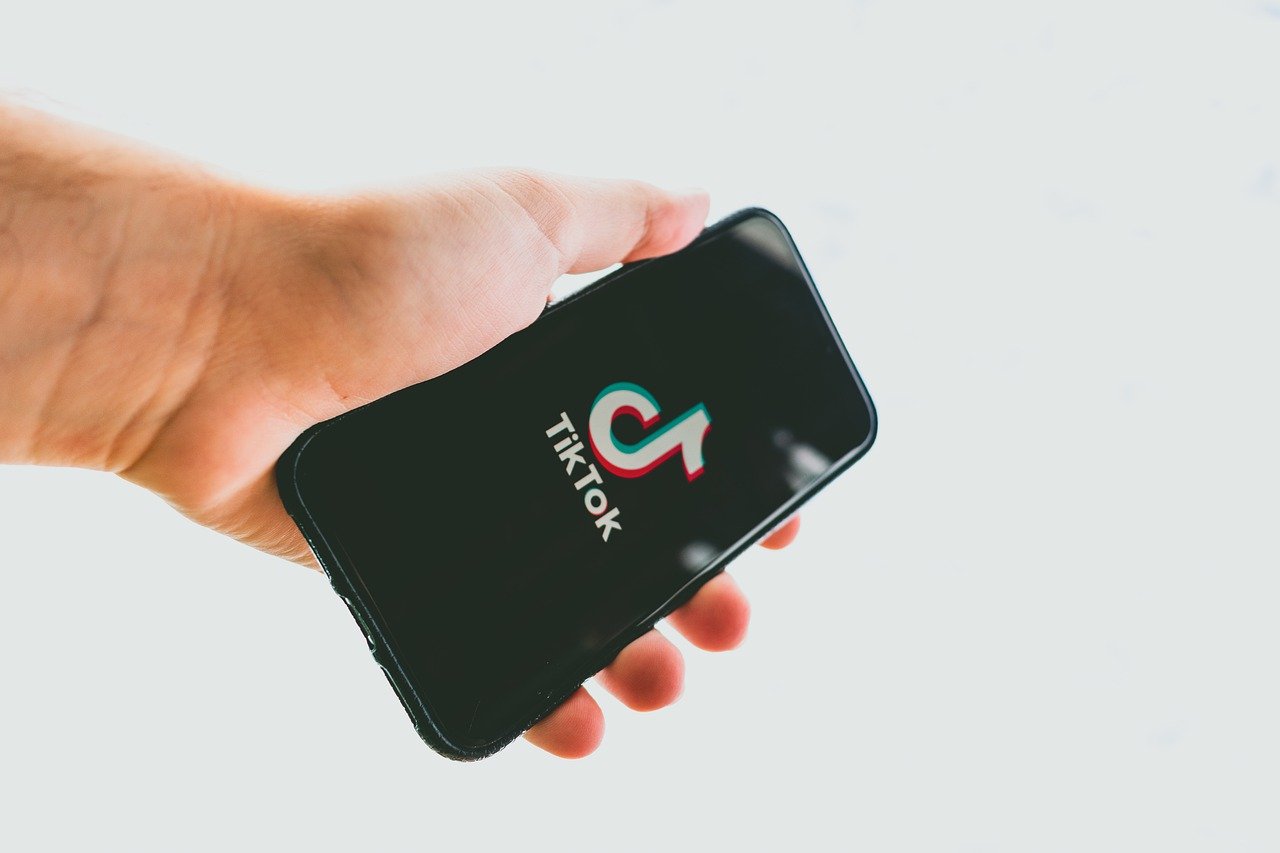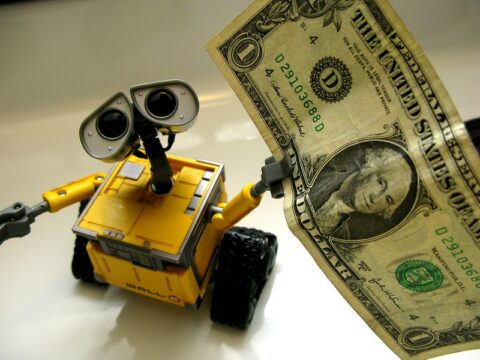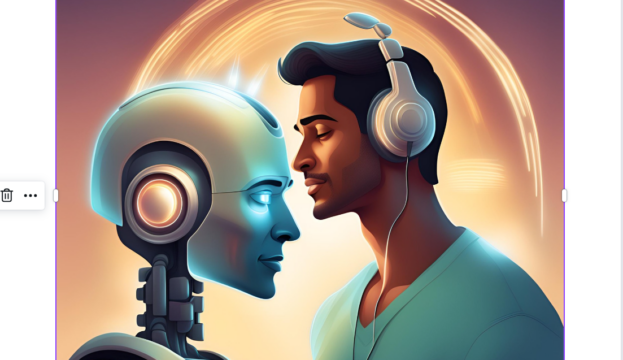Most social apps don’t evoke strong emotions. If you ask a creator or an everyday user if they are on Facebook, YouTube, or Twitter, the answer is an uncomplicated yes or no.
Enquire the same about TikTok, and the answer is an emphatic no or an enthusiastic yes, with quite a few adjectives attached. Of course, this was before the ban. But the fact still stands that TikTok stirred emotions.
With TikTok gone, has influencer marketing changed, the answer is yes. It has, to a certain extent
For some, it was highly entertaining, more escapists, and most important of all, immensely creative. That’s why the app garnered 611 million lifetime downloads with 120 million monthly active users in India until it was banned.
So, if you ask, with TikTok gone, has influencer marketing changed, the answer is yes. It has, to a certain extent.
From a bird’s eye view, not much has changed. The reasons being it’s the mature platforms – Instagram, YouTube and Facebook – that have always held the edge. TikTok only had a slice of influencer marketing spend.
Read more: Should a Banned TikTok Benefit from Selling Indian User Data?
It is when you hold a magnifying glass to the niche, do you see the gaps. The vacuum felt by content creators and consequently, their followers. But that’s plenty to get the dominoes falling.
The Creators-Brand Balance is Off
TikTok was intuitive. It was educational, and it was available in 14 vernaculars. Combined, these factors made it the go-to social media for creators across Tier II and III cities.
If a brand wanted any hope of reaching these massive markets, leveraging creators on the Byte-Dance owned app was a must. That’s how TikTok influencer marketing became the darling for the likes of Pepsi, HUL, P&G and more.
TikTok was intuitive. It was educational, and it was available in 14 vernaculars. Combined, these factors made it the go-to social media for creators across Tier II and III cities.
With it banned, this niche in influencer marketing became off-kilter. Creators don’t have a platform where they can reach users in smaller cities as quickly or as deeply. This forces brands looking to foray into the middle India market to rethink their marketing strategy.
Indian TikTok Alternatives Don’t Work
The obvious comeback here is why not use a TikTok alternative for influencer campaigns. That’s not possible for a whole host of reasons.
One, users find these substitutes sorely lacking in UX. Hence, their downloads and actual usage is a fraction of TikTok’s. When the user base is wanting, creators don’t have enough sway, making influencer marketing campaigns a moot point.
Two, creators are gun-shy. They helplessly saw their efforts wash down the drain and don’t want it repeated. It makes the stability of Instagram or YouTube preferable over playing chance with Indian apps. That’s not to say that no creator gave Mitron, Chingari or Bol Indiya a try. Some did, but only as an add on.
When the user base is wanting, creators don’t have enough sway, making influencer marketing campaigns a moot point.
Three, a creator’s influence comes from an engaged community, and not mere follower number. Establishing a strong presence that builds such a community doesn’t happen overnight.
So, assuming that a creator can quietly switch to Roposo, Mitron or Chingari and have the same level of reach and engagement as they did on TikTok is irrational. It will take creators longer than three months, the ban period, to knit enough of a community that brands are ready to sponsor content.
Instagram Reels Fails to Fill the Gap
The launch of Instagram Reels was judicious yet not enough. The feature is natively closest to the essence of TikTok, which is why we witnessed a mass shift to Instagram. Where it lacks is the exposure.
TikTok was a direct thread to Gen Z. Its audience was teen and tween heavy. Moreover, it was the one platform that gave birth to influencers, who published motivational and educational content. Instagram Reels lacks on both fronts, at least currently.
If a brand went looking for an 18-year-old influencer for a mental health campaign. They’d have easily found one on TikTok. With Instagram (or other socials), it would be like searching for a needle in a haystack
So, for instance, if a brand went looking for an 18-year-old influencer for a mental health campaign. They’d have easily found one on TikTok. With Instagram (or other socials), it would be like searching for a needle in a haystack.
Another reason Reels hasn’t brought the balance back is its shallow reach in middle India markets. Creators in small cities find making an account on Instagram and then understanding the platform cumbersome and not user-friendly at all. On top of it, Reels is still in the growing stage with the accompanying pains.
An Ongoing Challenge for Creators
For brands and influencer marketing companies, the impact of the TikTok ban lacked sufficient force to create visible change.
Brands termed their TikTok influencer spend as a loss, course-corrected and diversified to other platforms. Influencer agencies already aware of the field’s mercurial nature tended towards more established networking sites. For us, TikTok advertising was too small a stone to turn the ban’s ripple into a wave.
Read more: Triller Looks to Fill TikTok Gap in India
It’s the creators who’ve had to make the most adjustment, particularly those who monetised only through TikTok. Some had to start from scratch, and others had to evolve their content for alternative platforms. In either case, translating their TikTok numbers onto other socials has been an ongoing, uphill task.

Ankit Agarwal
Guest contributor Ankit Agarwal is an experienced digital marketing professional and the Founder of Do Your Thng, a tech platform that aims to disrupt the influencer marketing industry.












